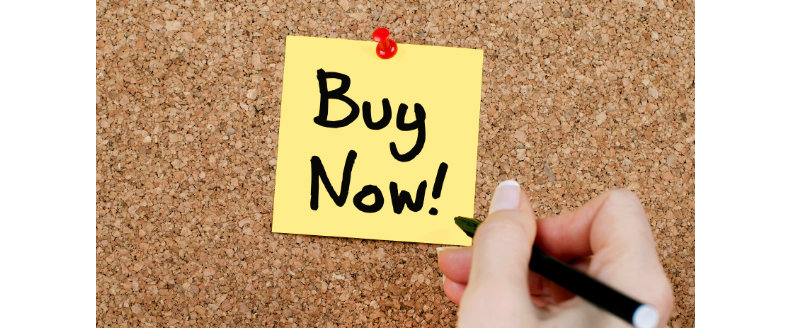Steve Castleton made a great point in our “Getting Your Online Campaign off the Ground” session at the Art of Political Campaigning last week — think of visitors to your website as impulse buyers and design accordingly. Act like you’re selling Ginsu knives? Brilliant! But wait, there’s more….
What does this mean in practice? As we’ve discussed before, most political (and many advocacy) websites should focus ruthlessly on converting visitors into supporters and donors. At heart, you’re trying to persuade someone to care, then make it easy for them to turn that momentary enthusiasm into something lasting. Looking at your website at the big level, does your content persuade? Does it make your case in ways both compelling and easy-to-grasp? Does it convey urgency? If it were a late-night TV infomercial, would it get you to buy the widget?
Getting more granular, does your site capture a reader’s attention with prominent headings and eye-grabbing imagery? Most importantly, does it push the reader toward actions? Are the “donate” and “join” buttons easy to find? Is the PROCESS of giving money or handing over an email address simple? For instance, do people have to go through multiple screens and online forms to make a donation? If so, you’re likely losing people at every step: when you’re trying to turn casual site visitors into supporters, any stumble can interrupt their progress fatally. Online retailers like Amazon.com spend a great deal of time refining their check-out processes, and you should too.
Advocacy groups often have a bias against direct marketing-style asks, usually for cultural reasons — “selling” feels distasteful, and they prefer to make their case with logic and facts. But if your site doesn’t sell you, your candidate or your ideas, what good is it? If you want your online outreach to succeed, think less like Plato more like Ron Popeil.
– cpd

